This article explores data import in SQL Server from a CSV file stored in the Amazon S3 SSIS bucket.
Read more »

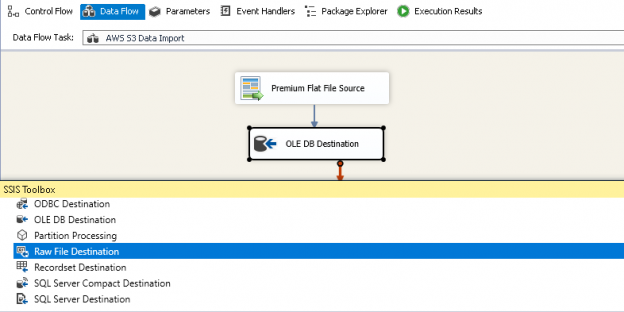
This article explores data import in SQL Server from a CSV file stored in the Amazon S3 SSIS bucket.
Read more »
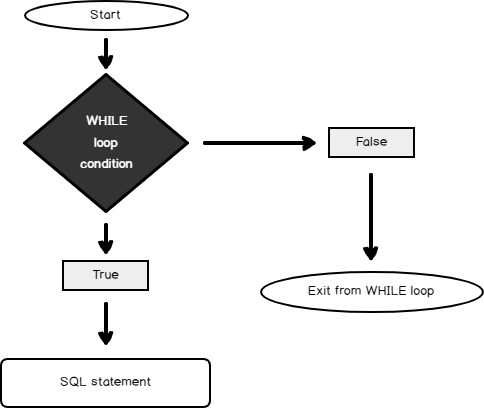
SQL WHILE loop provides us with the advantage to execute the SQL statement(s) repeatedly until the specified condition result turn out to be false.
Read more »
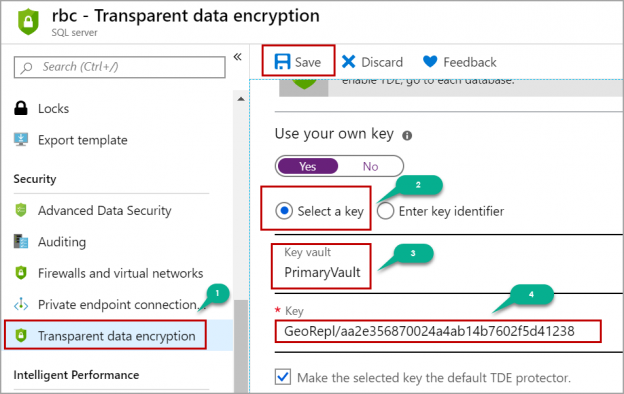
In this article, we will review how to set up Geo-Replication on a Transparent Data Encryption (TDE) enabled Azure SQL database.
Read more »
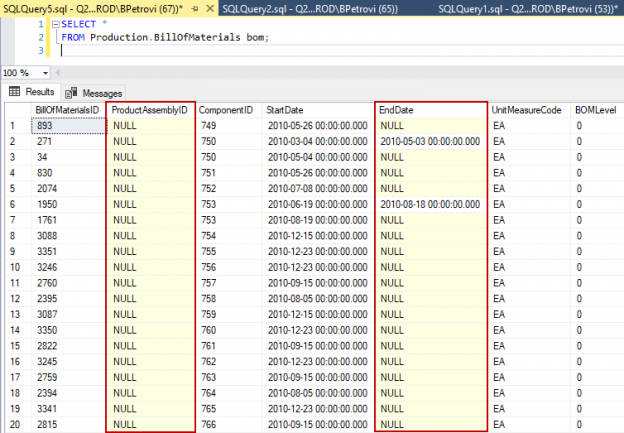
This article is about many different SQL data types that we use when working with SQL Server. We will start with a quick overview and go through some stuff like categories of data types, what objects we can work with, and how to create our own custom data types.
Read more »
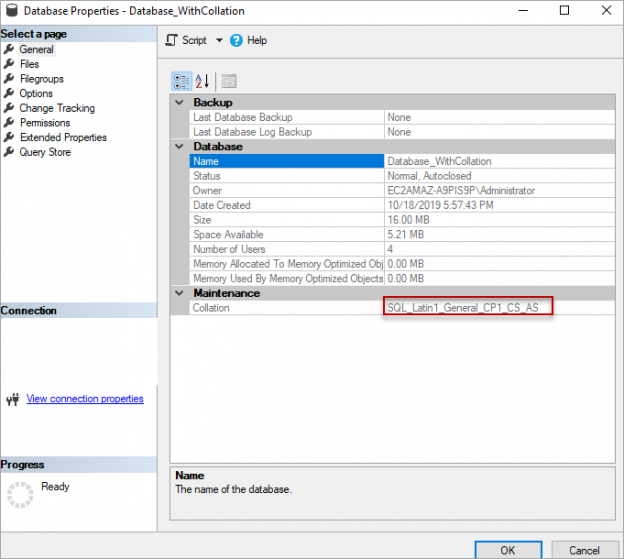
In this article, we will review the Collate SQL command. First, let us see what collation in the SQL Server is.
Read more »
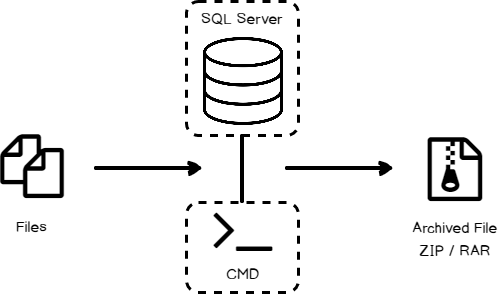
Microsoft SQL Server offers the ability to export data into CSV, Excel, PDF and other formats with the help of xp_cmdshell in T-SQL.
Read more »

This article explores the SQL divide by zero error and various methods for eliminating this.
Read more »
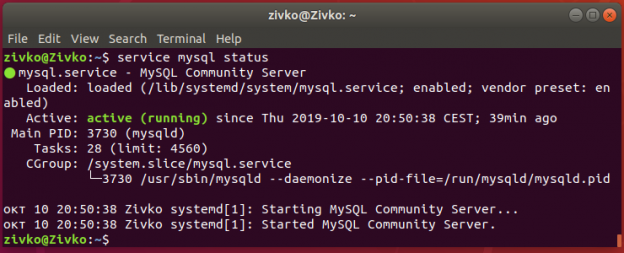
This article will explain how to set up a connection from a Windows host OS using a PuTTY client to a remote MySQL server on Linux Ubuntu 18.04.
Read more »
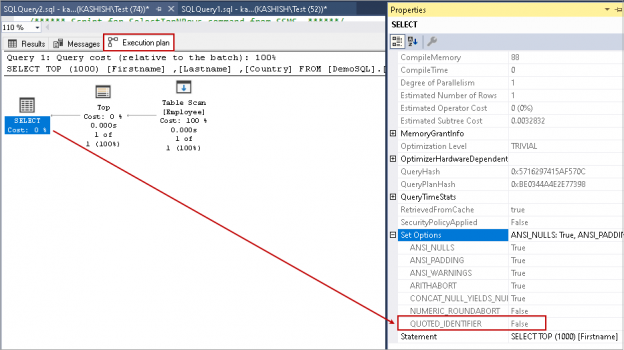
In this article, we will explore QUOTED_IDENTIFIER behavior, default value, and comparison with a different value. Set options at connection level control query behavior in SQL Server. The query might behave differently with different set options and their values.
Read more »
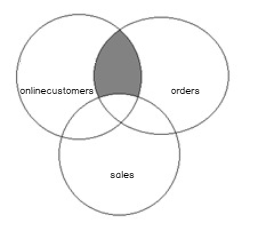
In this article, we will learn the SQL multiple joins concept and reinforce our learnings with pretty simple examples, which are explained with illustrations. In relational databases, data is stored in tables. Without a doubt, and most of the time, we need a result set that is formed combining data from several tables. The joins allow us to combine data from two or more tables so that we are able to join data of the tables so that we can easily retrieve data from multiple tables. You might ask yourself how many different types of join exist in SQL Server. The answer is there are four main types of joins that exist in SQL Server. First of all, we will briefly describe them using Venn diagram illustrations:
Read more »
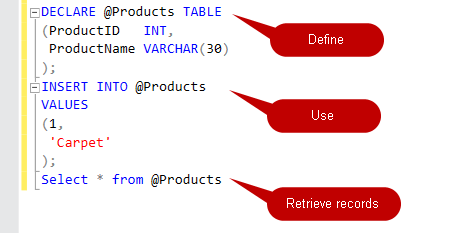
This article explores the SQL Table variables and their usage using different examples.
Read more »
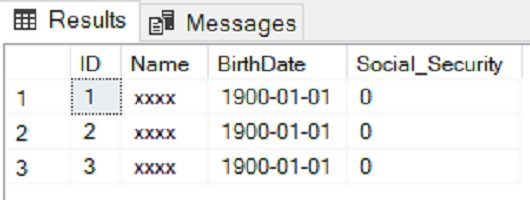
Security has been one of the prime concerns of database developers since the inception of database management systems. Various data protection schemes have been introduced to provide secure access to sensitive data.
Read more »

In the article SQL Server Lead function overview and examples, we explored Lead function for performing computational operations on data. This article gives an overview of the SQL Lag function and its comparison with the SQL Lead function.
Read more »
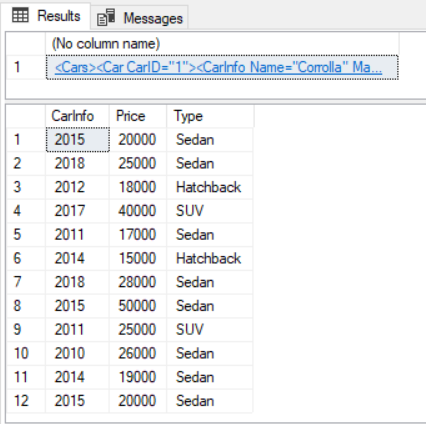
XML (eXtensible Markup Language) is one of the most common formats used to share information between different platforms. Owing to its simplicity and readability, it has become the de-facto standard for data sharing. In addition, XML is easily extendable.
Read more »
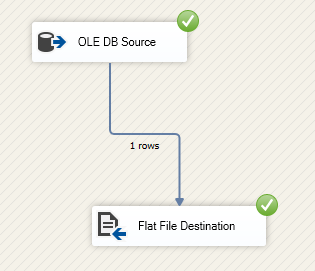
Until now, Microsoft has not included the XML Destination component in SQL Server Integration Services (SSIS). Many years ago, this component was requested on the Microsoft connect website, but it was closed as “Won’t fix.” For this reason, many workarounds and third-party components were created. In this article, we’ll talk about these components and some of the popular solutions for exporting data to XML using SSIS.
Read more »
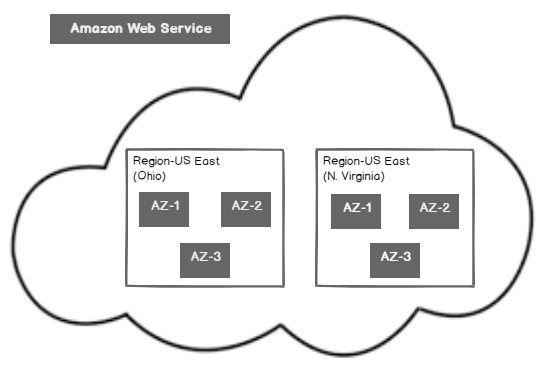
Amazon provides AWS RDS SQL Server as a managed relational database service. You can deploy databases instantly without worrying about underlying hardware platform, license cost, managing data centers. AWS RDS database instances are highly available. It provides a failover mechanism using the Mult-AZ deployments.
Read more »
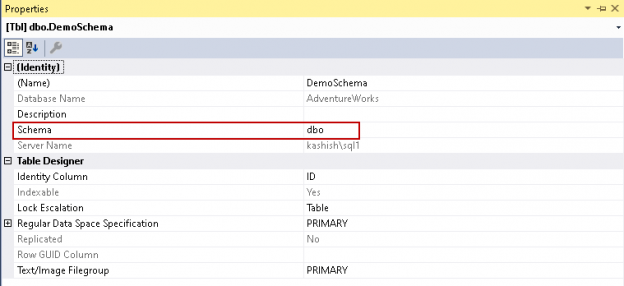
This article gives an overview of SQL Schema and its usage in SQL Server.
Read more »
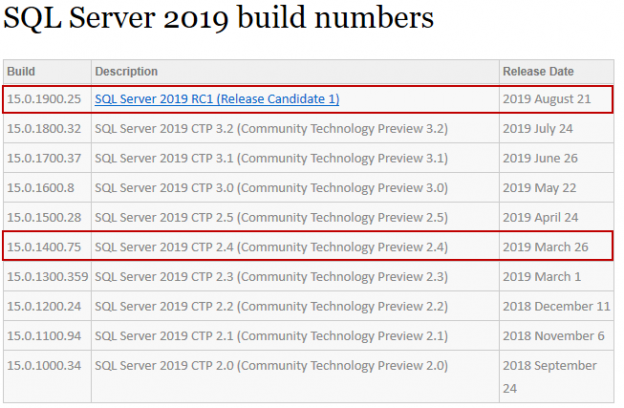
In this article, we will explore how to find the SQL Server version details with various methods.
Read more »
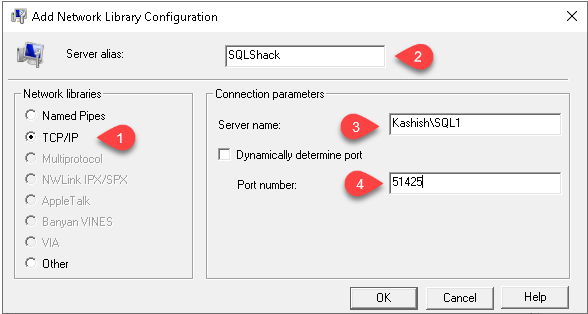
This article gives an overview of SQL Server Alias and its usage for connecting with SQL Server.
Read more »
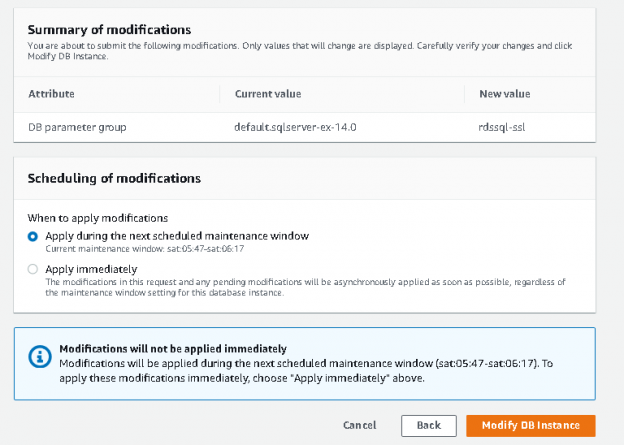
This article explores a method to enforce SSL for all connections in AWS RDS SQL Server.
Read more »
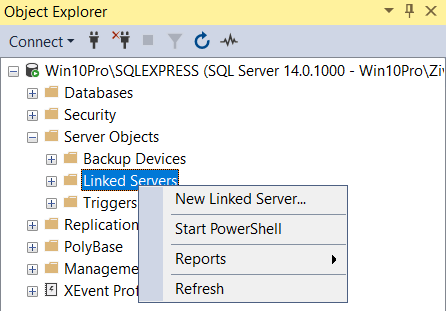
This article will guide you with all the necessary steps to successfully create a linked server in SSMS to connect to the MySQL database.
Read more »
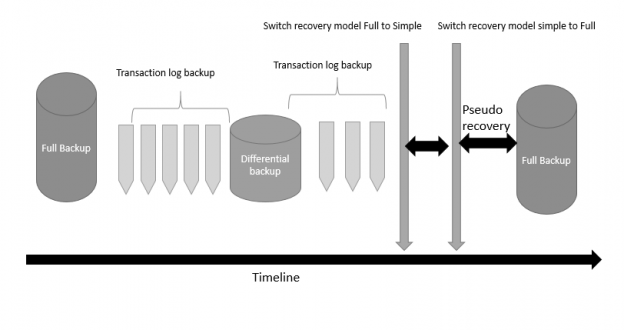
This article gives an overview of the Pseudo Simple SQL Server Recovery Model. It also explores the conditions in which the database behaves in Pseudo mode.
Read more »
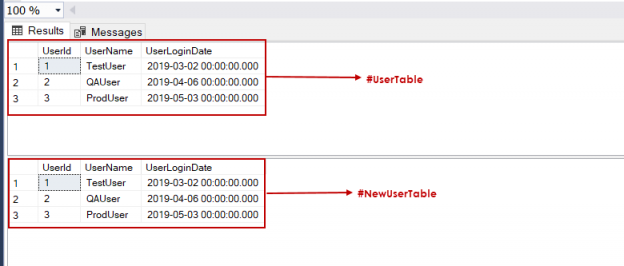
In this article, we will learn to rename tables in SQL Server. sp_rename is a built-in stored procedure which helps to rename user tables in the SQL Server. During the software development life cycle, we might be faced with various scenarios that required to rename the existing tables in the database. For example, the tables which are created in the SQL Server might be needed to be renamed, because of the software version upgrades, bug fixing or other various development requirements. These and similar reasons can make renaming tables important. So, in this article, we will particularly focus on how to rename the tables in SQL Server.
Read more »
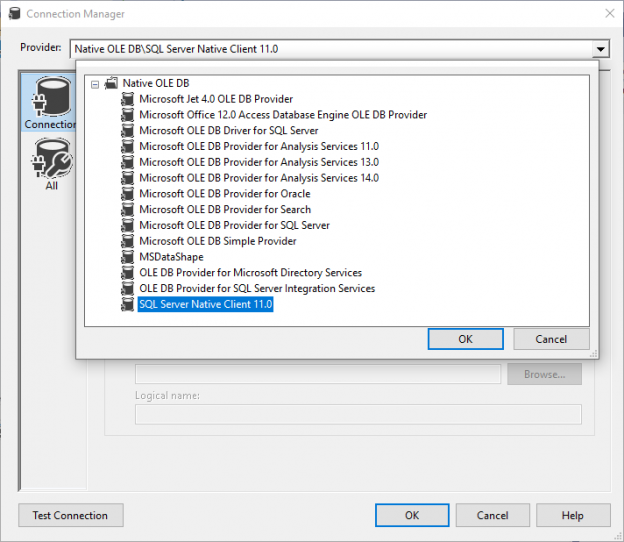
In this article, I will first give an overview of the OLE DB, ODBC, and ADO.NET SSIS connection managers. Then I will try to illustrate the difference between them when trying to connect to SQL Server.
Read more »

In the article, Recover Data in AWS RDS SQL Server, we explored the process of native backup and restoration for the AWS RDS SQL Server database. It involves the following steps:
Read more »© Quest Software Inc. ALL RIGHTS RESERVED. | GDPR | Terms of Use | Privacy